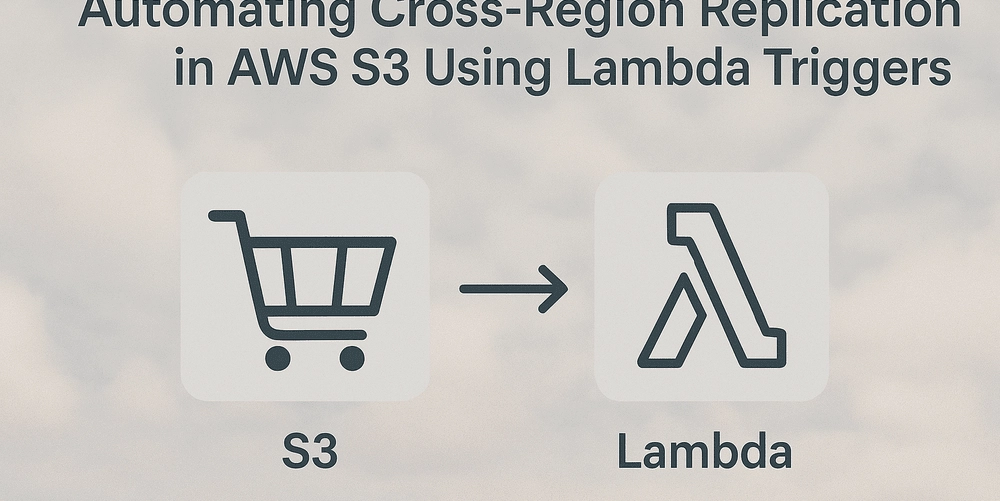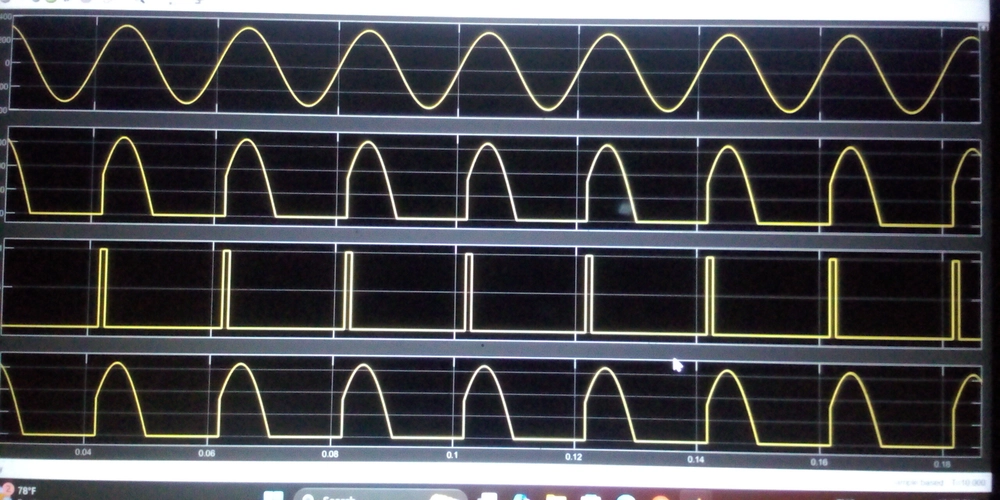Day-18:Return datatype
return Keyword in Java The return keyword in Java is used to exit from a method and optionally pass back a value to the method caller. It serves as a control flow statement that terminates the execution of the method in which it appears ** Usage** The return keyword can be used in methods with or without a return type[TBD]. In methods with a return type, it must be followed by a return value that matches the method's declared return type. In void methods, return can be used without any value to exit the method early. Syntax return; // For void methods return value; // For methods with a return type Example 1: Returning a Value public class ReturnExample { public static void main(String[] args) { int result = add(5, 3); System.out.println("Result: " + result); } public static int add(int a, int b) { return a + b; } } In this example, the add method returns the sum of two integers. The return statement passes the result back to the caller. Example 2: Exiting a void Method Early public class ReturnVoidExample { public static void main(String[] args) { checkNumber(5); checkNumber(-1); } public static void checkNumber(int number) { if (number < 0) { System.out.println("Negative number"); return; // Exit the method early } System.out.println("Positive number"); } } Here, the checkNumber method uses return to exit early if the number is negative. If the number is positive, the method continues to execute the remaining statements. Example 3: Returning an Object public class ReturnObjectExample { public static void main(String[] args) { String message = getMessage(); System.out.println(message); } public static String getMessage() { return "Hello, World!"; } } In this example, the getMessage method returns a String object. The return statement passes the string "Hello, World!" back to the caller. Tips and Best Practices[TBD] Match Return Type: Ensure that the value returned by the return statement matches the method's declared return type. Single Point of Exit: While multiple return statements can be used, strive to have a single point of exit to improve code readability and maintainability. Avoid Side Effects: Avoid using return statements that cause side effects, such as modifying global variables or performing I/O operations, as this can lead to unpredictable behavior. Use Early Returns: Use early returns to simplify complex conditional logic and reduce nested code blocks. public static void process(int value) { if (value

return Keyword in Java
The return keyword in Java is used to exit from a method and optionally pass back a value to the method caller. It serves as a control flow statement that terminates the execution of the method in which it appears
** Usage**
The return keyword can be used in methods with or without a return type[TBD]. In methods with a return type, it must be followed by a return value that matches the method's declared return type. In void methods, return can be used without any value to exit the method early.
Syntax
return; // For void methods
return value; // For methods with a return type
Example 1: Returning a Value
public class ReturnExample {
public static void main(String[] args) {
int result = add(5, 3);
System.out.println("Result: " + result);
}
public static int add(int a, int b) {
return a + b;
}
}
In this example, the add method returns the sum of two integers. The return statement passes the result back to the caller.
Example 2: Exiting a void Method Early
public class ReturnVoidExample {
public static void main(String[] args) {
checkNumber(5);
checkNumber(-1);
}
public static void checkNumber(int number) {
if (number < 0) {
System.out.println("Negative number");
return; // Exit the method early
}
System.out.println("Positive number");
}
}
Here, the checkNumber method uses return to exit early if the number is negative. If the number is positive, the method continues to execute the remaining statements.
Example 3: Returning an Object
public class ReturnObjectExample {
public static void main(String[] args) {
String message = getMessage();
System.out.println(message);
}
public static String getMessage() {
return "Hello, World!";
}
}
In this example, the getMessage method returns a String object. The return statement passes the string "Hello, World!" back to the caller.
Tips and Best Practices[TBD]
- Match Return Type: Ensure that the value returned by the return statement matches the method's declared return type.
- Single Point of Exit: While multiple return statements can be used, strive to have a single point of exit to improve code readability and maintainability.
- Avoid Side Effects: Avoid using return statements that cause side effects, such as modifying global variables or performing I/O operations, as this can lead to unpredictable behavior.
- Use Early Returns: Use early returns to simplify complex conditional logic and reduce nested code blocks.
public static void process(int value) {
if (value <= 0) {
return; // Early return for invalid input
}
// Continue processing for valid input
}
- Document Return Values: Clearly document the return values of your methods to improve code readability and maintainability. Use Javadoc comments to specify what each method returns.
/**
* Adds two integers.
* @param a First integer
* @param b Second integer
* @return Sum of a and b
*/
public static int add(int a, int b) {
return a + b;
}
Reference link:
https://www.datacamp.com/doc/java/return











































































































































































![[The AI Show Episode 143]: ChatGPT Revenue Surge, New AGI Timelines, Amazon’s AI Agent, Claude for Education, Model Context Protocol & LLMs Pass the Turing Test](https://www.marketingaiinstitute.com/hubfs/ep%20143%20cover.png)


























































































































![[DEALS] Microsoft Visual Studio Professional 2022 + The Premium Learn to Code Certification Bundle (97% off) & Other Deals Up To 98% Off](https://www.javacodegeeks.com/wp-content/uploads/2012/12/jcg-logo.jpg)



![From Accountant to Data Engineer with Alyson La [Podcast #168]](https://cdn.hashnode.com/res/hashnode/image/upload/v1744420903260/fae4b593-d653-41eb-b70b-031591aa2f35.png?#)






































































































.png?#)






































































































































![What Google Messages features are rolling out [April 2025]](https://i0.wp.com/9to5google.com/wp-content/uploads/sites/4/2023/12/google-messages-name-cover.png?resize=1200%2C628&quality=82&strip=all&ssl=1)











![iPadOS 19 Will Be More Like macOS [Gurman]](https://www.iclarified.com/images/news/97001/97001/97001-640.jpg)
![Apple TV+ Summer Preview 2025 [Video]](https://www.iclarified.com/images/news/96999/96999/96999-640.jpg)
![Apple Watch SE 2 On Sale for Just $169.97 [Deal]](https://www.iclarified.com/images/news/96996/96996/96996-640.jpg)


































































































































